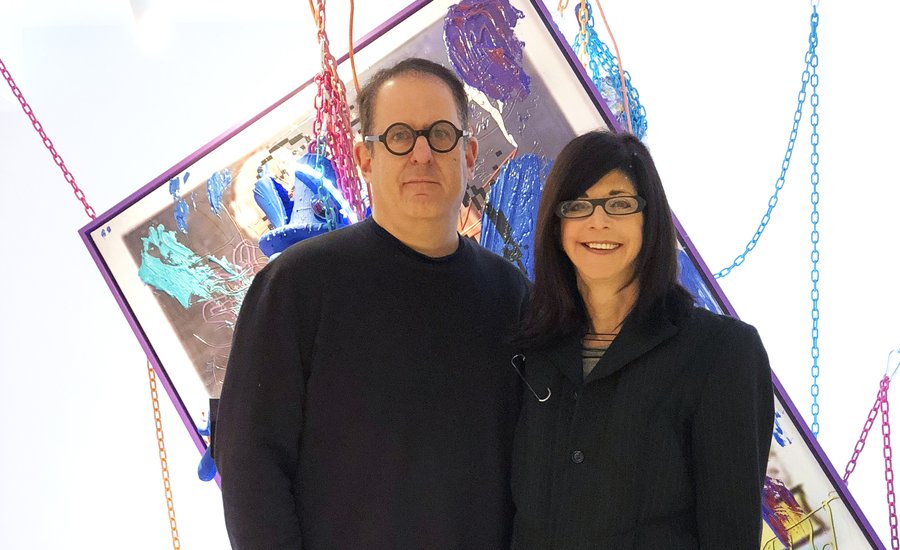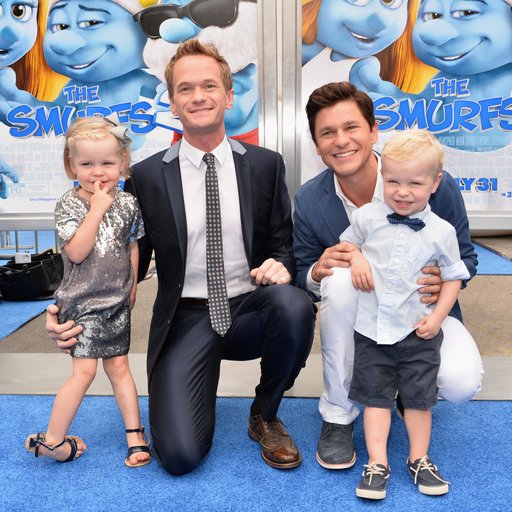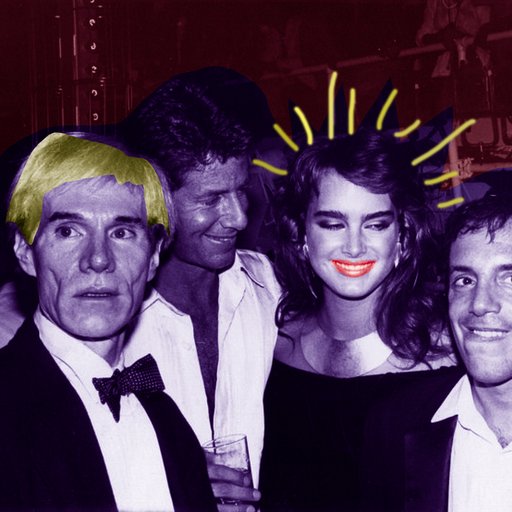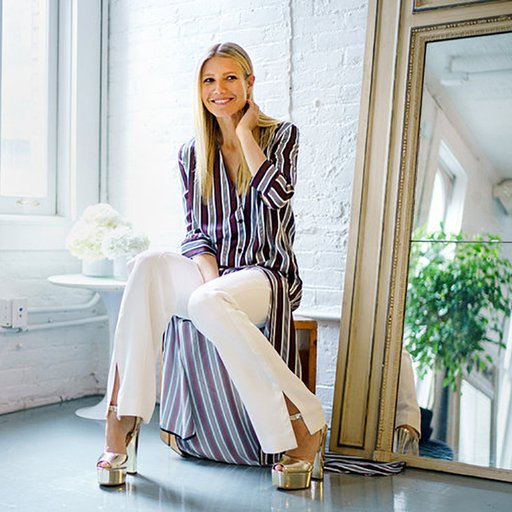Artwork is considered "difficult" by industry insiders when it's thought to be hard to sell—either because it's a medium that is... well, not painting, or because it's more conceptually rigorous than it is aesthetically pleasing. For nearly the past 20 years, Baltimore-based couple Larry Eisenstein and Robin Zimelman have been championing emerging artists who make "difficult" work that, frankly, many collectors don't have the guts or the commitment to acquire. Talk about commitment: Eisenstein and Zimelman recently turned two rooms in their home into black box theaters to show their ever-growing collection of video and new media artists like Trisha Baga, Ryan Trecartin, Peggy Ahwesh, Tommy Hartung, and Ian Cheng—illustrating that for them, it's not just about acquiring art, it's also about experiencing art... even if that means giving up your office.
Here, Eisenstein and Zimelman tell us why and when they began collecting, and offer some advice for those of us who are aspiring collectors getting ready to acquire some of our first works of art.
When and why did you start collecting art?
We read an article in the New York Times about the burgeoning Williamsburg art scene, and particularly about Joe Amrhein at Pierogi gallery, back in 1999 when Williamsburg was still uncharted territory. So we decided to take a visit, and soon Joe was sending us to visit artist studios, and we really enjoyed getting to know and collect work of younger artists. That still excites us, and is an important part of our collecting. Of course, these days, we are spending a lot of time not in Williamsburg, but in Bushwick.
How would you describe your collection? Are there certain artists/media/movements you gravitate towards more than others?
We only collect work created post-2000. Certainly a primary focus of our collection is on sculpture and on moving image and video, including also VR and 3D. Getting beyond painting seems to scare a lot of people—particularly collecting video—but we feel it is some of the most interesting work being created today. There are some artists where people are mostly buying works that go on the wall, but in talking with the artist it seems clear that the core of their focus is video—so we collect the video. We also gravitate towards art with multiple layers of meaning, often a back story that might be conceptual or political.
What artists or trends excite you today?
There seems to us today to be a Renaissance of really amazing female sculptors, working with a wide diversity of materials and viewpoints. Some of the perhaps less familiar names are people like Hayden Dunham, Jessica Vaughn, Sophie Hirsch, and Danica Barboza. Independent of this, there also are many artists, both male and female—people like Raul de Nieves,Liz Craft, Win McCarthy—focusing on a more personal, hands-on style of making objects.
What would you tell people who are just starting to build their collections?
Collect what you love … the works that make your heart leap. If you see enough art—at galleries, at museums, at studios—you will inevitably learn what artworks connect with you personally. Not to mention that spending time with gallerists, and with artists, can be an eye-opening experience, and one of the really great pleasures of collecting art.























